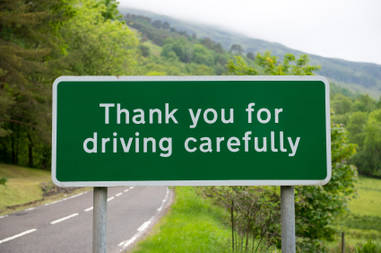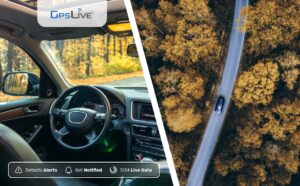Are your drivers behaving optimally? We have 5 tips for good driver behaviour.
Driving a car is a big responsibility and despite the fact that cars are safer than ever, they are still one of the easiest ways to get yourself killed in the modern world. It only requires obeying a few rules and using some techniques to operate a vehicle but even with driving being easy as it is, vehicles are still driven by human beings who are prone to make mistakes. Especially when it comes to teenagers who just got their driving licence who might think they know everything about driving. After all, they proved their driving skills to the driving instructor and passed their exams. Sadly this is wrong because statistics show that one in five new drivers is involved in a car accident in their first year. GPS tracking systems can be helpful for optimising your driving behaviour. Even worse, one in three drivers killed is under 25 years old. Here are some tips to survive in a world where you might encounter rash teenagers to experienced truck drivers to overly-cautious elder citizens:
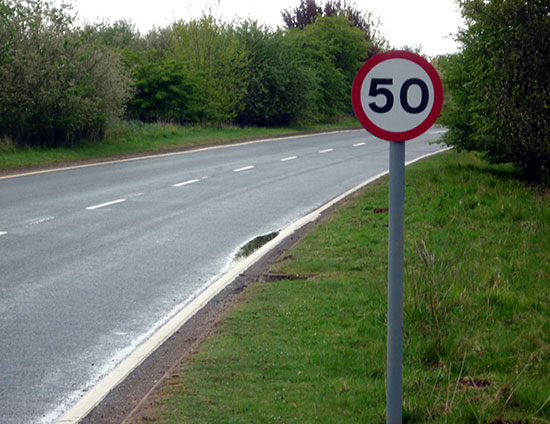
Follow Speed Limit All The Time
By slowing down to the limit and avoiding unnecessary speeding, you are not only being a safer and more responsible driver, but you can also save a lot more fuel than you may think. Just by driving at 70 mph rather than 85 mph you can save up to 25% fuel. Keep this in mind; It won’t matter how fast you go if you don’t reach your destination.
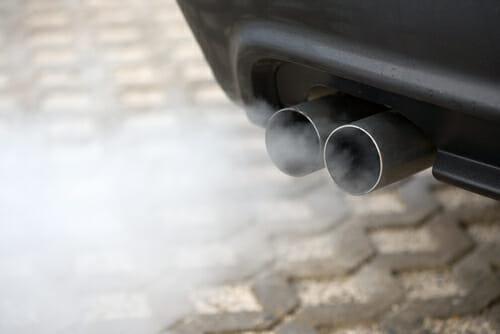
Decrease Engine Idling
Try not to leave the engine running to warm up your car or to keep the engine running when making a shortstop, and instead drive away immediately when starting from cold. By idling to heat the engine, you waste fuel and can cause rapid engine damage. Idling for a few minutes every day will result in an engine replacement sooner than you think but a vehicle tracker can prevent it from happening.
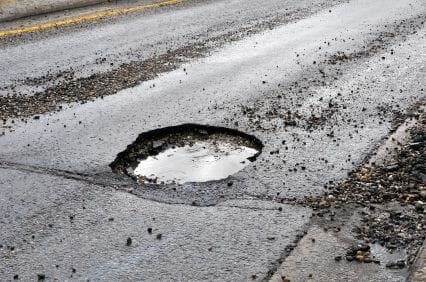
Watch the Road and Signs
Road signs are a controversial topic when it comes to driving. Some experts believe that you are better off without the traffic signs while some of them tell you to pay attention to every single sign. The overabundance of signs and signals distracting drivers on the road is a known issue in the traffic. For example; just because the light is green and you have the right of way, it doesn’t mean other drivers will abide by the rules same as you. You might T-bone another car that is in your path who clearly violated the rules and result in an accident. All the traffic rules and signs are there to protect us and steer us in the right direction but a good driver doesn’t only rely on road signs and traffic lights alone. You should always be aware of the road signs but also analyse the vehicles, weather conditions and other elements around before you make a decision while driving. That way you will keep yourself, your family or other drivers safe.
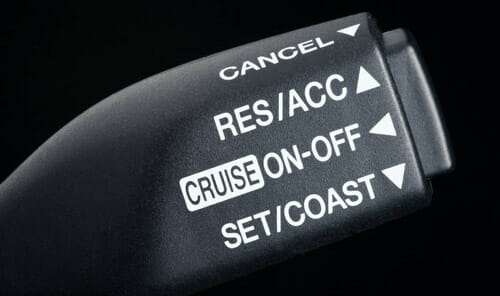
Get More Training
Once you have passed your driving test and acquired your licence, you might think you know everything there is to know about driving. But driving in bad weather, crowded cities, highways or at night is completely different than most of the environments driving instructors to teach you how to drive: Quiet back streets and perfect weather. The trick to be an experienced driver and not to get into accidents as soon as you get your licence is to keep training. Follow up on your fundamental training and keep practising until you get a better handle on it. Drive in bad weather; feel how it affects the car, how braking distances are increased and your grip is reduced and alter your driving style accordingly. Training will make you a better driver and it will even help you insure your car for cheaper in the long run.
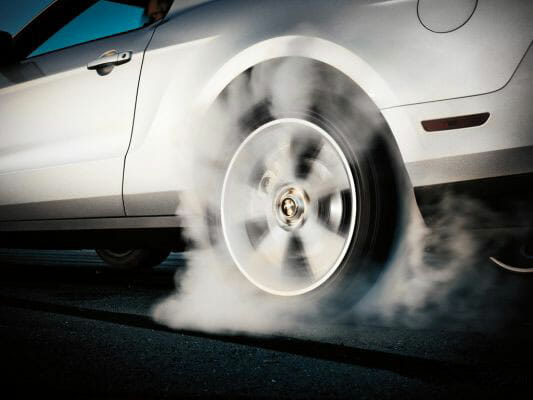
Know Your Car
All cars are different inside and outside. Knowing where buttons and switches are in your car is important in the case of an emergency. Especially if you have a brand new vehicle and aren’t familiar with what’s on the panel of your car, an alert or a blinking light might distract you and lead to an accident.
Adjusting Your Mirrors
All drivers know about the “blind spot” and what part of the vehicle it is. Due to the frequency of the accidents because of it, carmakers invented new ways of detecting other vehicles such as radar or camera systems to deliver you information in order to prevent swerves and crashes. One mistake all drivers do is adjusting your side mirrors to see these blind spots. You should just angle your mirrors away until your car is no longer visible in either one and leave them like that. By doing this, there will be no overlap between your side mirrors and rearview mirror. Now you can detect and separate cars passing you on your left or right side easier and they will remain in only one of your mirrors until the car enters your field of vision.
Keep in mind that you should always check your blind spot before changing a lane or turning. It is a large area, large enough for bikes and cars come close enough to your vehicle undetected until you decide to take a turn. To prevent incidents like this happening, just make sure your blind spots are clear before turning or changing lanes. Also just because you check your blind spot every time doesn’t mean everyone will. Most people assume the driver in front of them takes the necessary precautions when they turn or change lanes but that’s not the case. So all drivers should stay away from other vehicles’ blind spots to prevent accidents.
Visit our GPS Tracker section and get a decent GPS tracker in your car so you can track your daily routine later on and make changes wherever necessary. GPS Trackers provide your vehicle with an additional layer of security and location info in case of theft.
